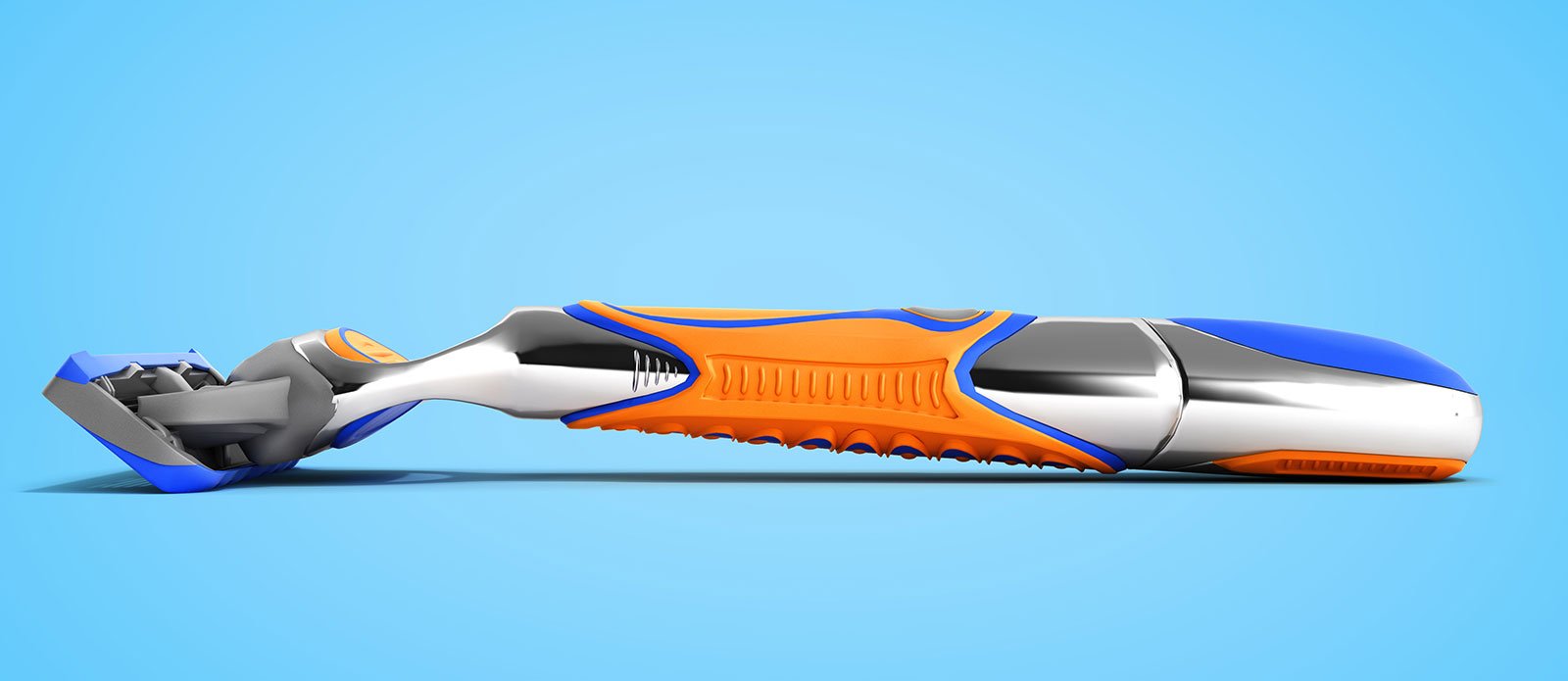
Outrage used to take more effort. You had to take a pen and put it to paper and scribble down your discontent. You could even reconsider those angry words, tear them up, or rewrite them before popping that letter in the mail.
Today you can express your outrage in an instant – either as an individual in a series of rants or with an angry mob, torches in hand, ready to burn the object of your collective scorn on social media with minimal effort.
Whether individually or collectively, outrage begets outrage. This truism often results in a "positive" feedback loop of criticism. It sets up a dividing line, with opposing groups shouting at each other across the digital divide. And, if used as a marketing strategy, outrage can put a brand name right in the middle of the argument. We have seen that drawing this digital "line in the sand" is an effective marketing strategy, but we need to ask ourselves is it acceptable for brands to use this strategy?
Big brands like Gillette thrive off of this type of social media buzz. Through outrage marketing, they’re able to trigger people’s emotions on purpose.
Whether positive or negative, outrage marketing gets people talking about a brand. With so much discussion and visibility, it sears their company’s name into the collective psyche of consumers.
Holding up a mirror to men’s bad behavior
Gillette aimed at toxic masculinity - a polarizing concept about which few people have a neutral opinion. Their one minute and forty-eight-second video “We Believe: The Best Men Can Be” is in their words a “short film.”
This self-described designation sets the tone in how they’re going to be delivering their messaging. Gillette's advertisement isn’t a web promo, and this isn’t just a video clip, this is something much more severe.
The opening scene cuts between shots of different men, all staring at their reflections with expressions of sad self-awareness. Underneath are sound bites referencing sexual harassment and the #metoo movement. These men are all looking at themselves as if struck with the realization of their role in the cult of toxic masculinity.
The video then cuts to a very late 80s/90s animation of a Gillette logo with their tagline “The Best a Man Can Get” lasered onto the screen. A crazed mob of men then burst through it. The question, “is this the best can be?" follows, introducing a montage of males behaving poorly.
From bullying and sexual harassment to talking down to women, Gillette shows boys and men from all ages and backgrounds behaving like jerks. By showing these terrible men breaking through a visual representation of Gillette's past, they're implicating themselves and revealing that they'll no longer remain silent.
Pushing the buttons of outrage
Up to this point in the video, it would be hard to argue that Gillette is making all of this behavior up. Unfortunately, we’ve seen these acts happen or have experienced them first hand. But Gillette is priming their viewers with these visuals, making everyone a bit uncomfortable in the lead up to the pivotal inciting moment.
That scene comes when we see a line of men with arms crossed, all in the manliest of pursuits - grilling on a barbecue. They’re responding to all of this bad behavior with the monotone refrain of, “boys will be boys.”
There’s no emotion from them. It’s as if these men are robots whose default is to accept this without questioning. This is a ridiculous image, and some could see it as so over the top that it borders on parody.
For many “boys will be boys” is a harmless phrase, for those on the opposite side of this issue it’s as incendiary as “not all men.” This visual is an emotional carpet bomb, meant to hit you no matter where you stand.
When corporations want to be "woke"
When McDonald’s flips their M upside down for International’s Women’s Day, or Nike uses Colin Kaepernick to market their sporting goods, or when the International House of Pancakes changes their name to IHOB to quadruple burger sales, it’s easy for cynics to see these as strategic gestures in the pursuit of profits.
And for someone like Gillette, a 17.1 billion dollar company, whose profits have been shrinking and has been losing ground to more hip and economical brands like the Dollar Shave Club, one may wonder if they are genuinely making a stand, or are just manufacturing a bit of anger to promote themselves.
With over 1.4 million dislikes and 77k likes on YouTube, Gillette hit a bullseye in outrage marketing. Many posted on social media destroying Gillette products and swearing allegiance to their competition in response.
Yes, there was a backlash. But Gillette created a moment of blinding hot indignation that brought people from every side of the issue together in arguing about it on the internet. After all, to have people yelling at each other about your brand is better than them having no opinion at all.
We love thinking about brand strategy and content. Connect with us if you want to improve the position and awareness of your brand.










